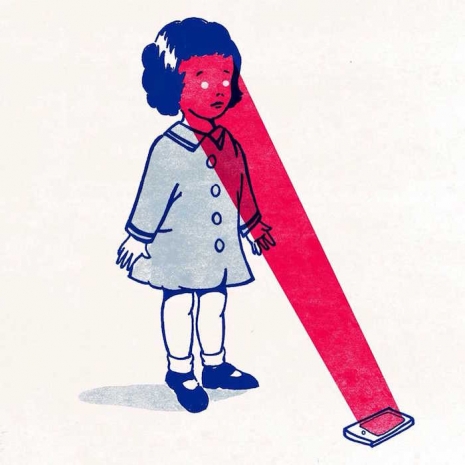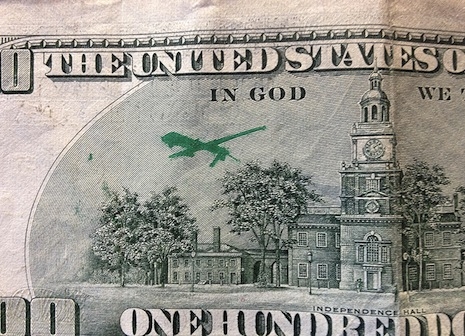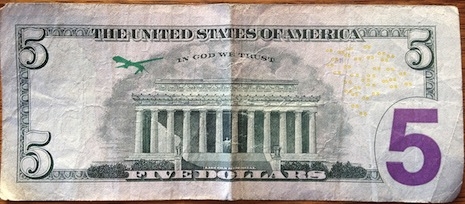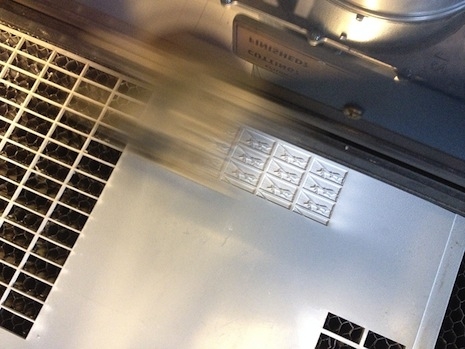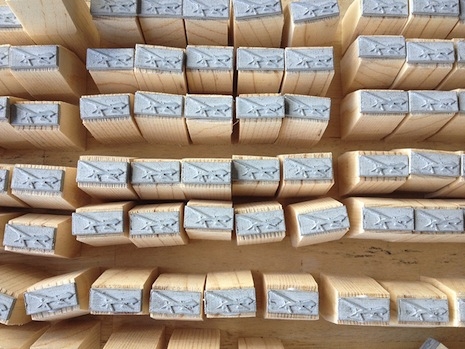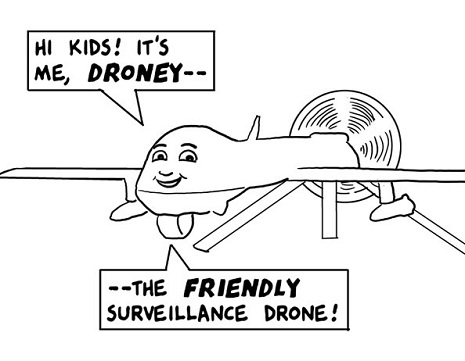
Earlier this year, investigative journalist Greg Palast wrote an excellent article on the documentary Dirty Wars , which exposed the horrific and illegal use of American drones to kill more than 17,000 people in Afghanistan and Pakistan.
The article was titled “The Drone Ranger: Obama’s Dirty War” and was written for Vice. Palast opened the piece by explaining how:
Every Tuesday, President Obama personally checks off the names of people he wants killed. George Bush, a bit more squeamish than Obama, never did that; but Mr. Obama felt those decisions were the president’s responsibility: he want[s] to keep his own finger on the trigger,” according to one report. A tidy, scheduled man, the President only picks his victims once a week, now called “Terror Tuesday.”
Palast relates how amongst the many strikes ordered by Obama, there was one that killed Abdul-Rahman al-Awlaki, a sixteen-year-old “American kid”.
On October 14, 2011, in Shabwah province, Yemen, Abdul, went out with his cousins and friends for a good old US-style barbecue, when Obama’s drone fired a rocket, blowing the teenager to pieces. Or I should say “piece.” All that was left of Abdul was a piece of skull with long curly hair that allowed his relatives to identify this hunk of his head by his US-type haircut.
Obama didn’t order the killings (Abdul’s friends and cousins died too) as a random act of crazy. No-Drama Obama doesn’t believe in random. Abdul’s problem was that his father was Anwar al-Awlaki. Obama killed Abdul’s dad as well. Daddy al-Awlaki, an American imam who voted for George Bush, had gone over to the side of the bad guys, and after leaving the USA, broadcast pro-terrorism radio reports from Arabia.
The thing was, this drone attack occured “two weeks after and hundreds of miles away from the site where rockets killed his father.” Obama’s “minions” then attempted to cover-up what had happened. Palast’s article can be read here.
Palast may have shocked those who think of President Obama as some kind of liberal “good guy”—as distinct from George Bush, apparently—and the use of drones as a necessary tool in the “war against terrorism.” But put it this way, if drones were used against America by a foreign power, as America uses them on Pakistan or Afghanistan, how long would it take Obama and co to declare such indiscriminate slaughter was an act of war?
Heather Linebaugh served in the United Stated Air Force from 2009 until March 2012, where she worked in intelligence as an imagery analyst and geo-spatial analyst for the drone program during the occupations of Iraq and Afghanistan. Linebaugh has written an article about the use of drones for the Guardian, titled “I worked the US drone program. The public should know what really goes on.” It’s an “Edward Snowden” moment, and which I recommend you read.
Whenever I read comments by politicians defending the Unmanned Aerial Vehicle Predator and Reaper program – aka drones – I wish I could ask them a few questions. I’d start with: “How many women and children have you seen incinerated by a Hellfire missile?” And: “How many men have you seen crawl across a field, trying to make it to the nearest compound for help while bleeding out from severed legs?” Or even more pointedly: “How many soldiers have you seen die on the side of a road in Afghanistan because our ever-so-accurate UAVs [unmanned aerial vehicles] were unable to detect an IED [improvised explosive device] that awaited their convoy?”
Few of these politicians who so brazenly proclaim the benefits of drones have a real clue of what actually goes on. I, on the other hand, have seen these awful sights first hand.
I knew the names of some of the young soldiers I saw bleed to death on the side of a road. I watched dozens of military-aged males die in Afghanistan, in empty fields, along riversides, and some right outside the compound where their family was waiting for them to return home from the mosque.
The US and British militaries insist claim that this is an expert program, but it’s curious that they feel the need to deliver faulty information, few or no statistics about civilian deaths and twisted technology reports on the capabilities of our UAVs. These specific incidents are not isolated, and the civilian casualty rate has not changed, despite what our defense representatives might like to tell us.
What the public needs to understand is that the video provided by a drone is not usually clear enough to detect someone carrying a weapon, even on a crystal-clear day with limited cloud and perfect light. This makes it incredibly difficult for the best analysts to identify if someone has weapons for sure. One example comes to mind: “The feed is so pixelated, what if it’s a shovel, and not a weapon?” I felt this confusion constantly, as did my fellow UAV analysts. We always wonder if we killed the right people, if we endangered the wrong people, if we destroyed an innocent civilian’s life all because of a bad image or angle.
As Linebaugh concludes:
The UAVs in the Middle East are used as a weapon, not as protection, and as long as our public remains ignorant to this, this serious threat to the sanctity of human life – at home and abroad – will continue.
Read the full article here.
Below Vice podcast featuring Jeremy Scahill, national security correspondent for “The Nation,” whose work covering America’s special operations [forces] and targeted killings in Afghanistan, Yemen, and Somalia is chronicled in the documentary, Dirty Wars: The World is a Battlefield.
Via the Guardian
